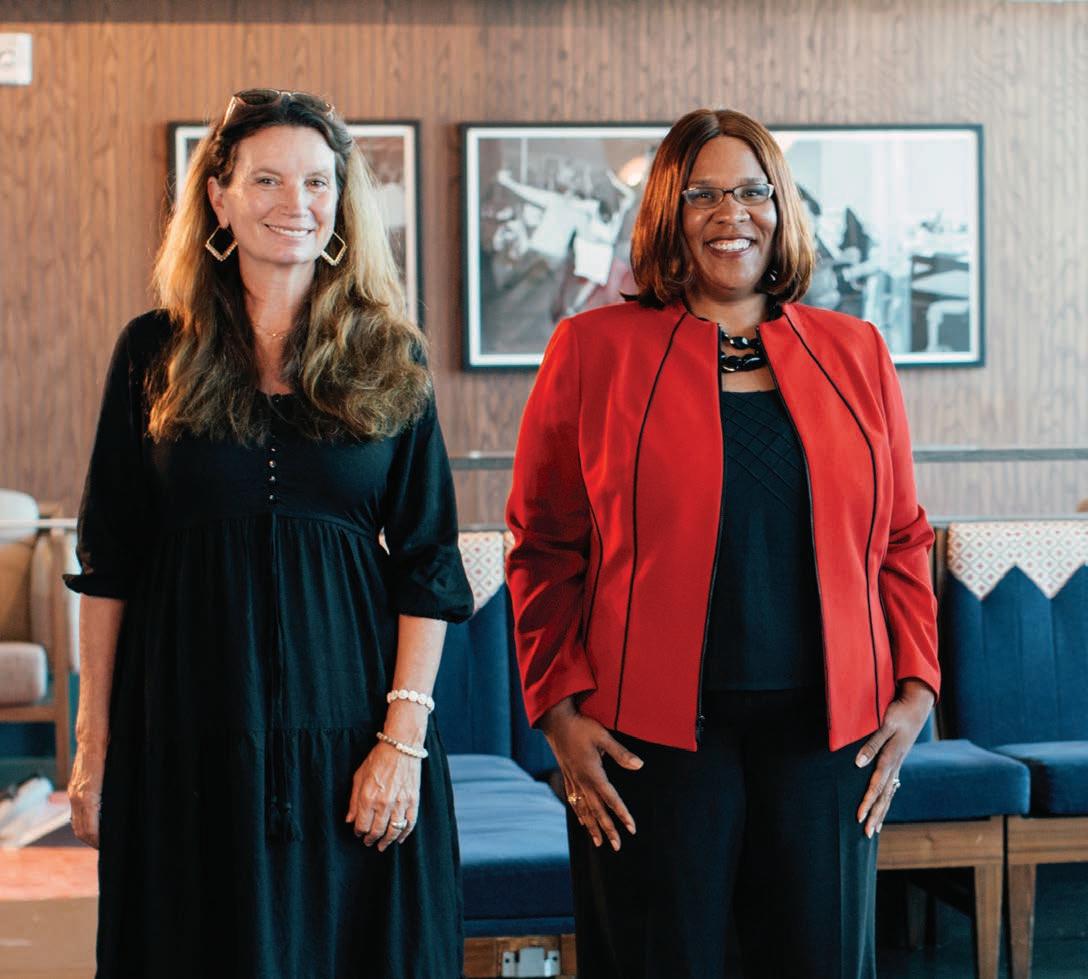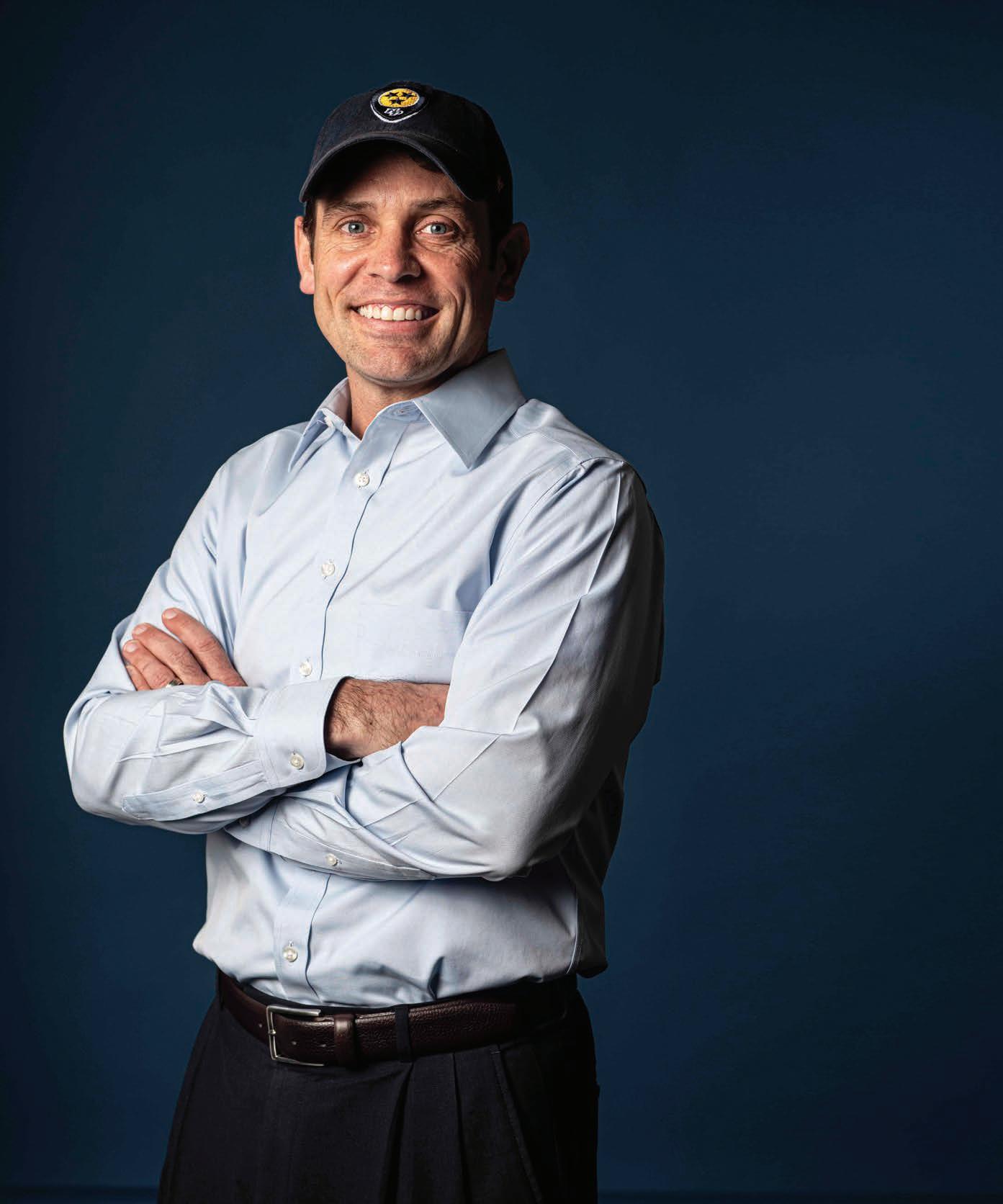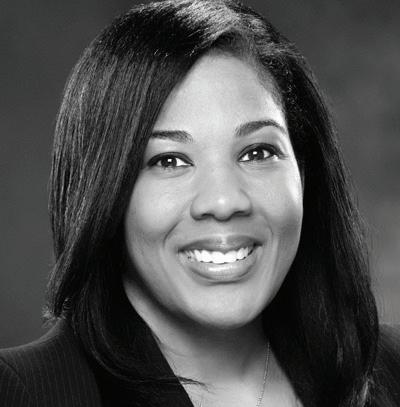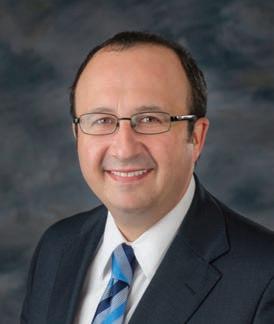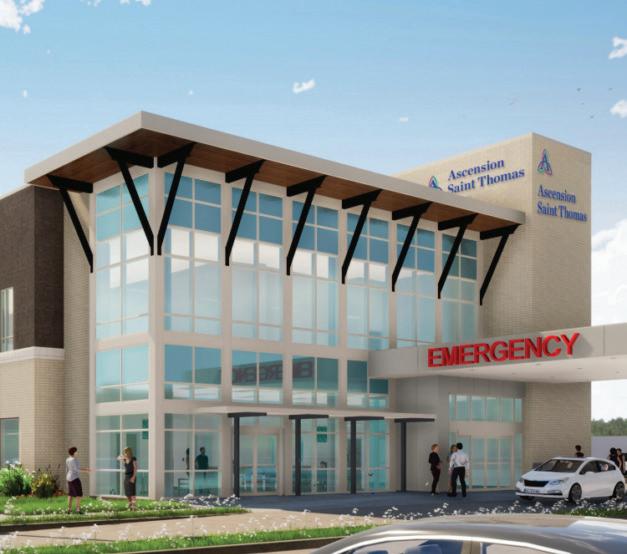
3 minute read
BUNDLE UP
Health systems turn to package deals to grab market share
BY KARA HARTNETT
Advertisement
s health care costs continue to rise
A and hospitals explore new avenues to attract new patients, an alternative billing structure focused on a streamlined patient and payment experience is gaining ground locally.
Bundles are a care package for a set of treatments or procedures that have a predetermined cost. eir design was inspired by the adoption of the Patient Protection and A ordable Care Act in 2010 and gained momentum in 2018 when the Centers for Medicare and Medicaid Services launched a series of bundling pilot programs across the country. e rates for services in a bundling payment structure are discounted compared to those of standard fee-for-service models, and hospitals and physicians are willing to provide those discounted rates as a path to growing market share in specialized areas.
“For me, it’s all about the patient experience, but I’ve got to make it work for the CFO,” says C.J. Stimpson, assistant professor of urology and medical director of episodes of care at Vanderbilt University Medical Center. “ e way you do that, I call it the Costco model.” at means hospitals create care plans that are consistent and cost-e ective for the patient — and that they can provide in large numbers. Having established costs for an entire care cycle incentivizes physicians to focus on quality while the cost burden for adverse health events falls back on the hospital.
“I’m a cancer surgeon so I get paid every time I do something to a patient, whether it’s a clinic visit or I take them to the operating room or do some sort of diagnostic test. Whether that patient has a good outcome, a bad outcome or a good experience or a bad experience or if what I’m doing is right or wrong or otherwise, it really doesn’t matter,” Stimpson says. “I still get paid.”
“ e issue with that is that the person who maybe has the most control over what your experience is like as a patient has the least incentive from a nancial standpoint to ensure that experience is as good as possible. e bundle […] brings all the people who are involved in that treatment together in one payment. It creates an incentive for all of us to work together, to create the best possible scenario.”
A JAMA Network study in 2017 found that bundling payments for nearly 4,000 joint replacements between 2009 and 2015 lowered Medicare costs 20.8 percent — while they rose 5 percent nationwide. Claims data from those procedures showed there were no changes in patient risk scores or readmissions and that emergency room visit rates were consistent with national trends, indicating savings didn’t come at the cost of care quality. e reason bundles work is because the price of an individual service varies greatly based on the hospital that provides it. Claims data collected by local price transparency company Healthcare Bluebook show that the cost of a knee replacement in Nashville ranges from $15,000 to $75,000. at disparity stems in large part from facility fees, not from costs associated with physician payments or anesthesia. ese costs vary regardless of quality metrics, says Bluebook founder Bill Kampine, which means an employer or patient may end up spending more money on a lower-quality procedure without knowing of a cheaper yet higher-quality option.
“You are paying $55,000 for something that’s actually worth $25,000 [but] none of this is revealed to you as an employer or consumer,” Kampine says, noting that hospitals will market discounted rates on procedures to attract more patients. “ e hospital is doing this because they want a larger share of the cases, so they’re willing to take a haircut on price.”
Having launched a new slate of bundling initiatives, dubbed MyHealth Bundles, in August, Vanderbilt leaders are looking to do just that in ve areas: maternity care, spine surgery, cochlear implants, weight loss and orthodontics work. A major component of these packages is a concierge service that coordinates scheduling, billing and other elements of the complex inner workings of health care. e nonpro t medical center piloted its MyMaternity Health bundle model with Metro Nashville Public Schools last year and recorded promising results. While Vanderbilt had historically handled only 10 percent of all child deliveries among MNPS families, it has conducted more than 50 percent of them in the past year.
“Even though we gave a discount on every unit, having ve times as much market share makes it more than worth it for us,” Stimpson says.

